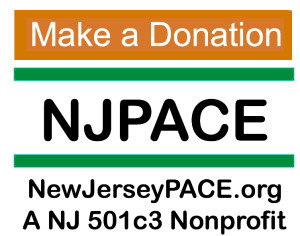 For the past several months, we’ve been working with a hydrogeological engineer and climate scientist in Australia, Dr. Delton Chen. Delton is the lead author on a remarkable proposal to address the problem of climate change via the use of a global alternative currency designed to support the mitigation of climate pollution through an incentive rather than a tax or cap-and-trade system.
For the past several months, we’ve been working with a hydrogeological engineer and climate scientist in Australia, Dr. Delton Chen. Delton is the lead author on a remarkable proposal to address the problem of climate change via the use of a global alternative currency designed to support the mitigation of climate pollution through an incentive rather than a tax or cap-and-trade system.

Click to view & support proposal
Delton approached us to sponsor his year-long project to develop a practical global policy response to the failure of the international community to agree on a strategy for reducing greenhouse gas emissions. Dubbed G4CM, for “Global Complementary Currencies for Carbon Mitigation,” the core of the proposal has now been put forward in multiple venues, even while some of the technical details are still be worked through with a team of international economists and climate experts. One of these venues is the Climate Colab, a project of the MIT Center for Intelligence, “a crowdsourcing platform where citizens work with experts and each other to create, analyze, and select detailed proposals for what to do about climate change.”
Continue reading →






